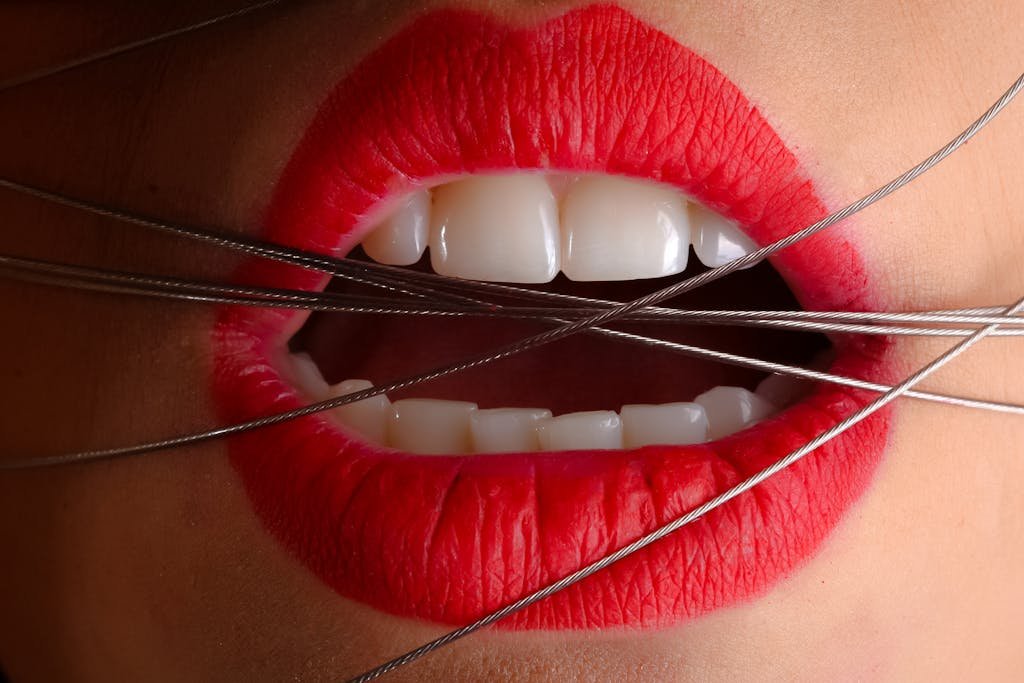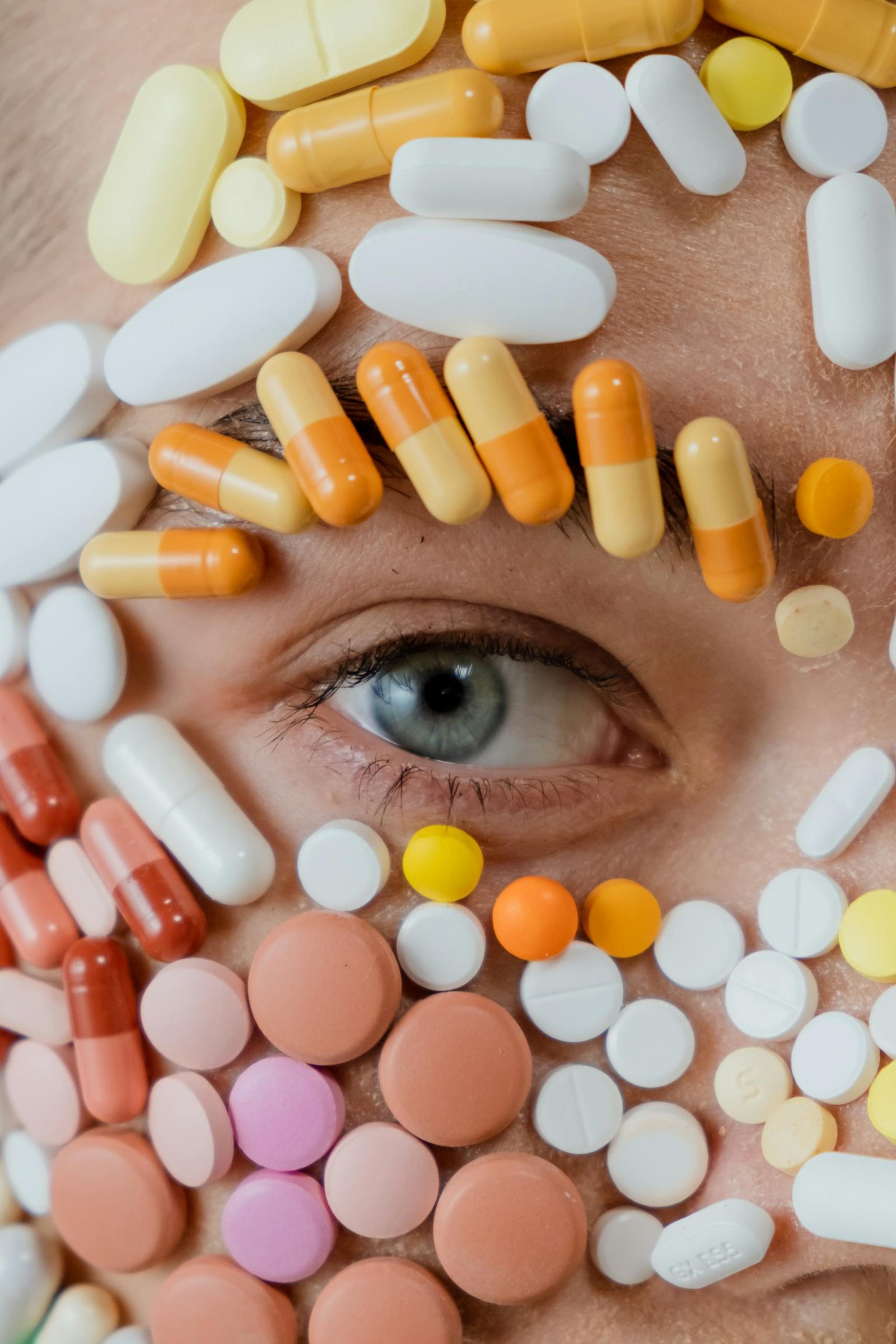Is Your Lipstick Giving You Lead Poisoning?
The Safety of Lipstick: What You Need to Know About Lead and Toxic Metals
The safety of lipstick has been a growing concern due to the presence of lead and other toxic metals in many popular brands. Understanding these risks, backed by scientific evidence, is crucial for making informed decisions about your makeup choices. Here’s what you need to know to protect your health and choose safer, more reliable products.
The Presence of Lead in Lipstick
FDA Findings
In 2010, the FDA conducted a comprehensive study testing over 400 lipsticks and discovered lead in every sample, with concentrations ranging from 0.09 to 7.19 parts per million (ppm). The highest lead level was found in Maybelline’s Color Sensational ‘Pink Petal,’ at 7.19 ppm. Although these amounts are generally below the recommended limits set by health organizations, it’s important to note that no level of lead exposure is considered completely safe.
Health Risks
Lead is a potent neurotoxin with severe health impacts, particularly for children and pregnant women. Even low levels of lead exposure can cause significant neurological damage and developmental delays in children. In adults, lead exposure is associated with serious health issues, including increased blood pressure, kidney damage, and reproductive problems. The dangers of lead underscore the importance of vigilance and informed choices regarding cosmetic products.

Why is Lead in Lipstick?
Sources of Contamination
While lead is not intentionally added to lipstick, it can be present as an impurity in the raw materials, such as mineral pigments, used in production. Natural ingredients like mica, which provides shimmer, and iron oxides, which offer vibrant color, often contain trace amounts of lead. This highlights the importance of choosing products from brands committed to purity and safety in their ingredient sourcing.
Regulatory Standards
Although the FDA has not banned lead in cosmetics, it has established guidelines to limit its concentration. Advocacy groups like the Campaign for Safe Cosmetics continue to push for stricter regulations and improved testing protocols to ensure consumer safety. These efforts highlight the importance of vigilance and demand for higher standards in the beauty industry.
Comparing Vegan and Non-Vegan Lipsticks
Vegan and Cruelty-Free Options
Choosing vegan and cruelty-free lipsticks can reduce the risk of exposure to harmful chemicals. These products are typically made with plant-based ingredients and adhere to stricter safety and ethical standards. Brands committed to vegan formulations often use cleaner, less contaminated raw materials, and are transparent about their ingredient sourcing and testing practices (Science Notes and Projects).
Quality and Safety
Vegan lipsticks often prioritize natural, organic ingredients, avoiding synthetic dyes and preservatives that can lead to contamination. Additionally, vegan brands are more likely to undergo rigorous third-party testing to ensure the absence of harmful substances, including lead. This commitment to purity and safety makes vegan options a healthier choice for conscientious consumers (FDA).

How to Protect Yourself
Choose Reputable Brands
Opt for brands renowned for their transparency and unwavering commitment to safety. Trustworthy brands regularly test their products for contaminants and openly share their results, ensuring that you can make informed and confident choices about the cosmetics you use
Read Ingredient Labels
Be diligent in reading ingredient labels. Steer clear of lipsticks with vague or incomplete ingredient listings, especially those containing mineral-based colorants like mica and iron oxides without proper testing disclosures. Ensuring transparency in ingredient sourcing is key to making safer, healthier choices.
Limit Use and Application
To minimize the amount of product ingested, reduce the number of applications per day and opt for long-lasting formulas. This approach not only enhances safety but also ensures you enjoy vibrant, lasting color with fewer touch-ups.
Seek Certifications
Choose products certified by reputable organizations like Leaping Bunny, USDA Organic, or the Campaign for Safe Cosmetics. These certifications guarantee stricter compliance with safety standards, providing you with peace of mind and assurance in the quality and purity of the products you use.
Conclusion
While the presence of lead in lipstick is concerning, making informed choices about the products you use can significantly reduce your risk. Opt for vegan and cruelty-free brands that prioritize safety and transparency, ensuring you avoid harmful contaminants. Always stay vigilant about the ingredients in your cosmetics and educate yourself through reliable sources such as the FDA, the Campaign for Safe Cosmetics, and scientific studies. By choosing consciously, you not only protect your health but also support a safer, more ethical beauty industry.
References
- FDA. “Lead in Lipstick.” Available at: https://www.fda.gov/cosmetics/productsingredients/potentialcontaminants/ucm388820.htm
- The Healthy. “Lead in Lipstick: What You Need to Know.” Available at: https://www.thehealthy.com/beauty/lead-in-lipstick/
- Science Notes and Projects. “Lead in Your Lipstick.” Available at: https://sciencenotes.org/lead-in-lipstick/
- Campaign for Safe Cosmetics. “Lipstick and Lead: What You Need to Know.” Available at: https://www.safecosmetics.org/get-the-facts/regulations/us-laws/







